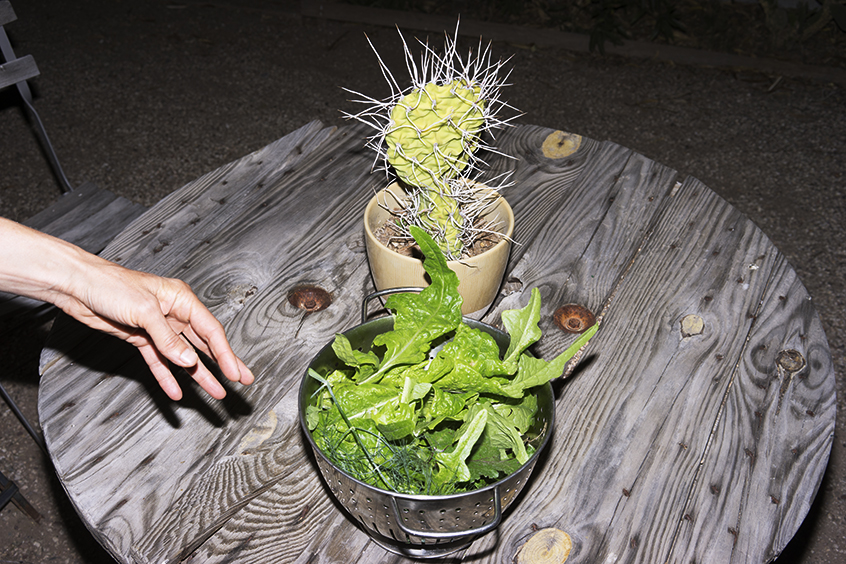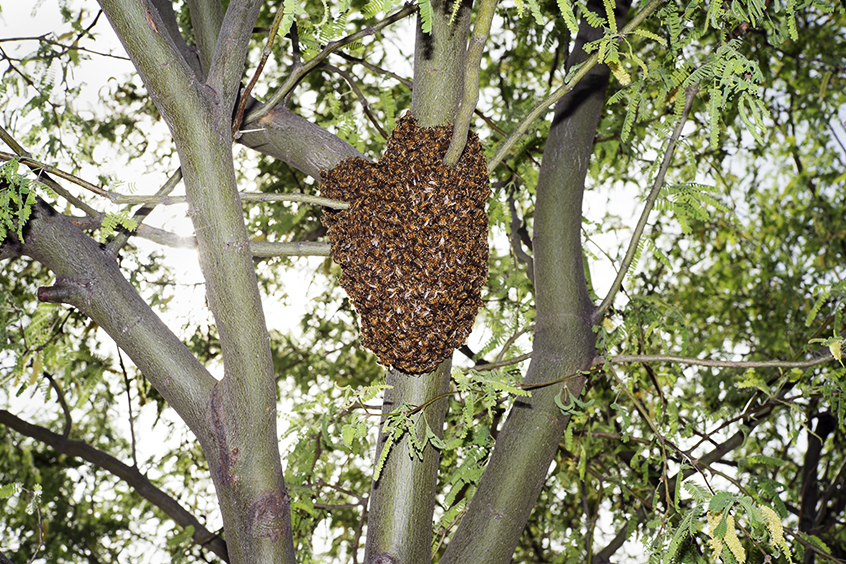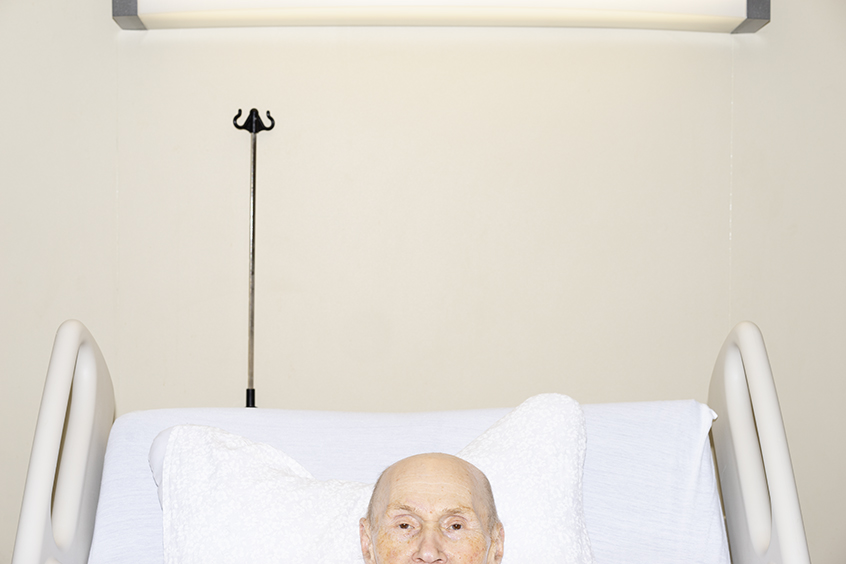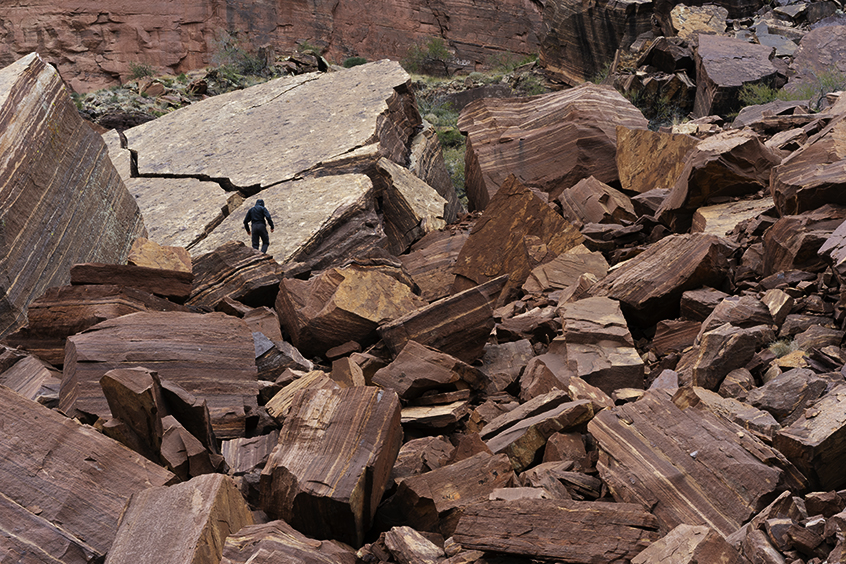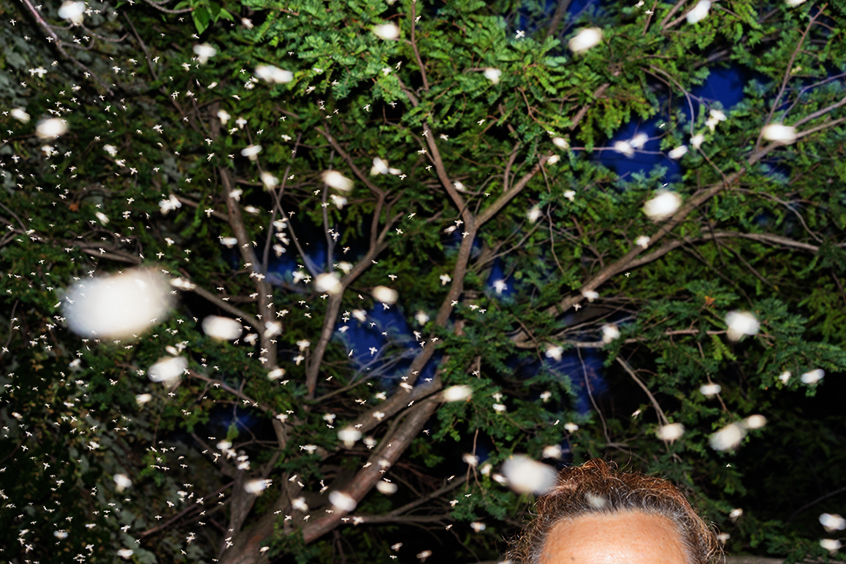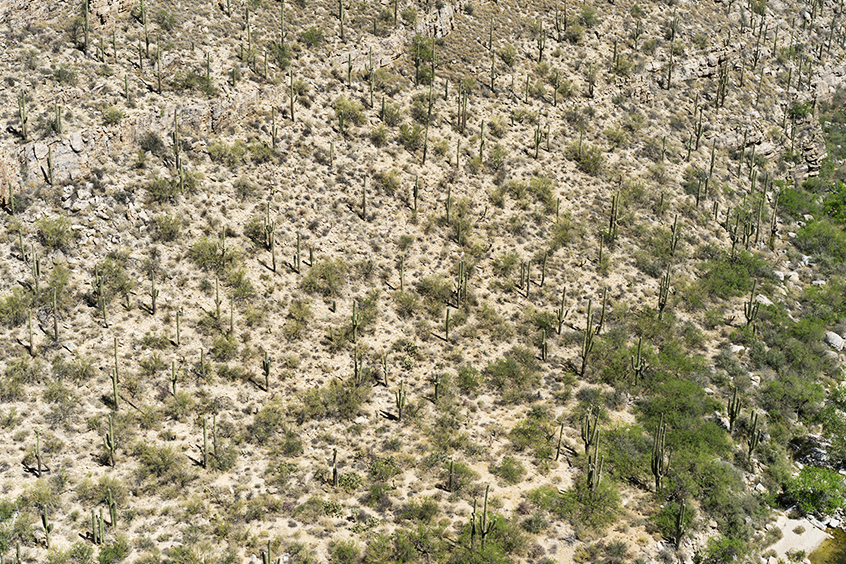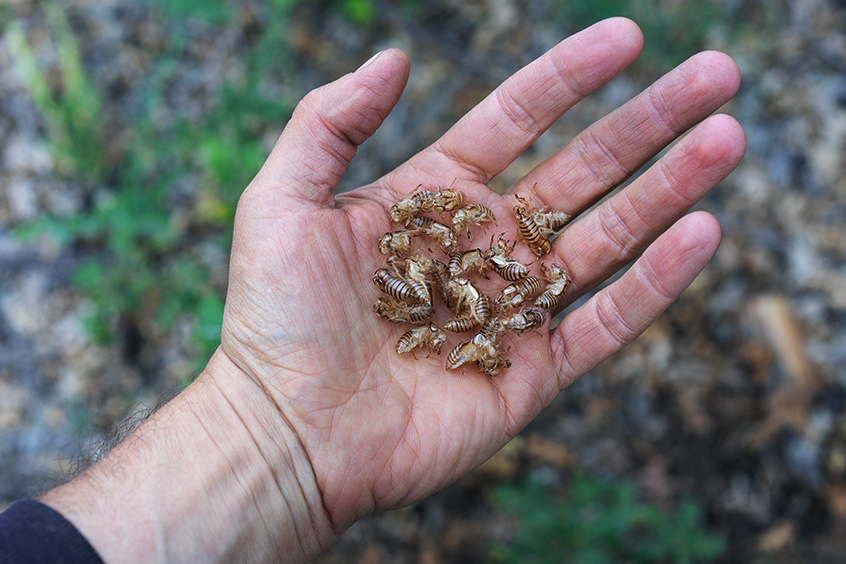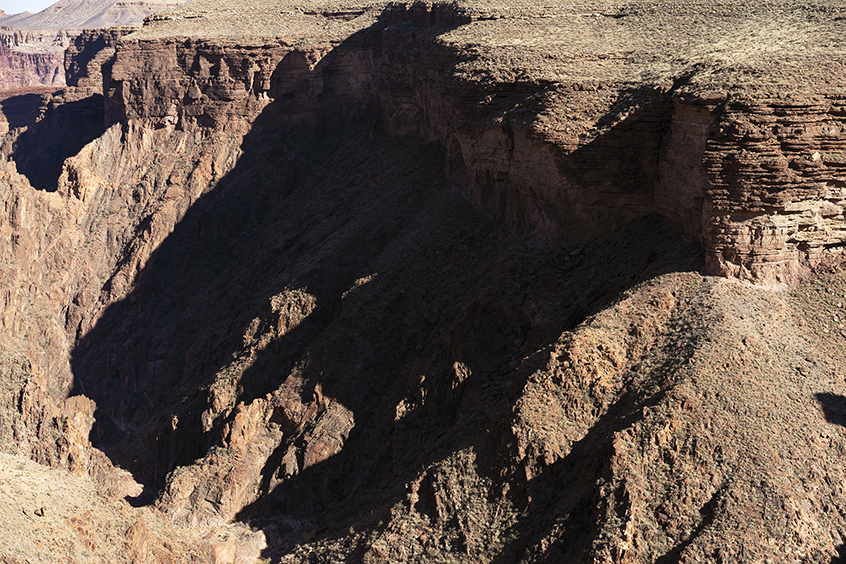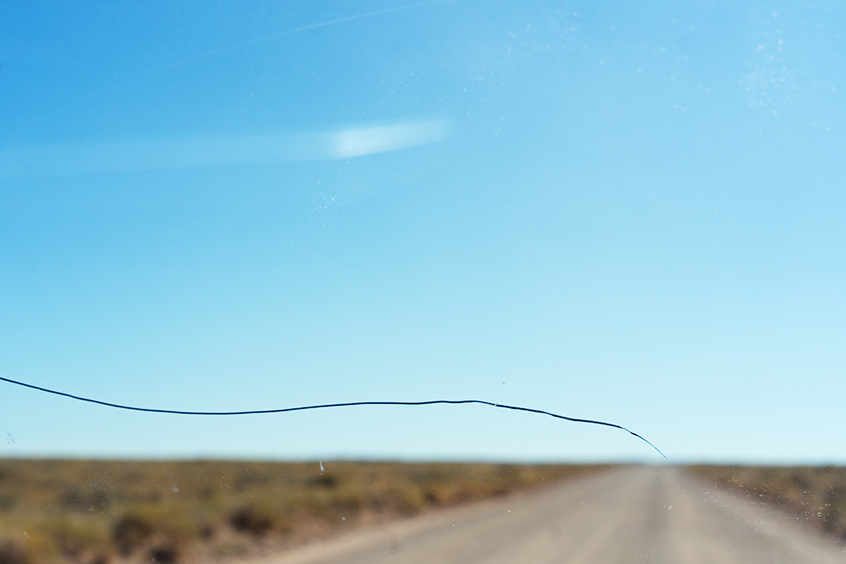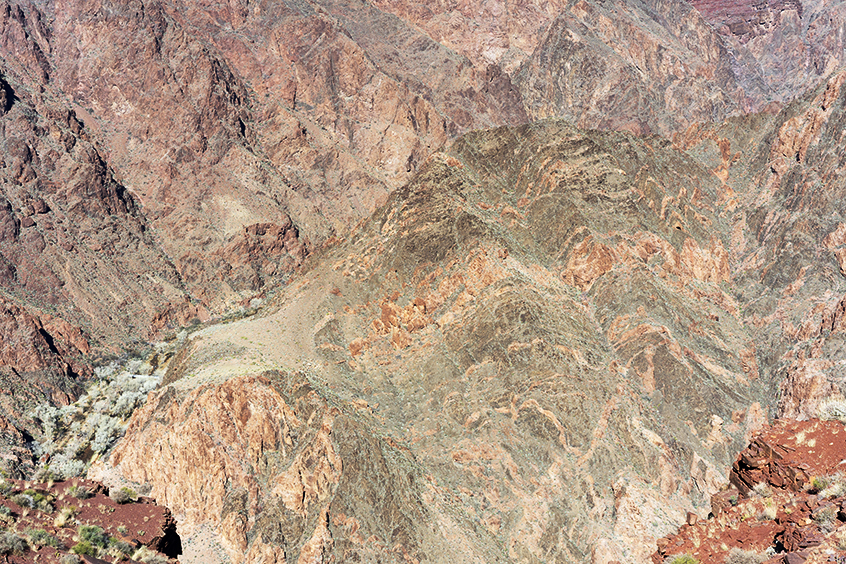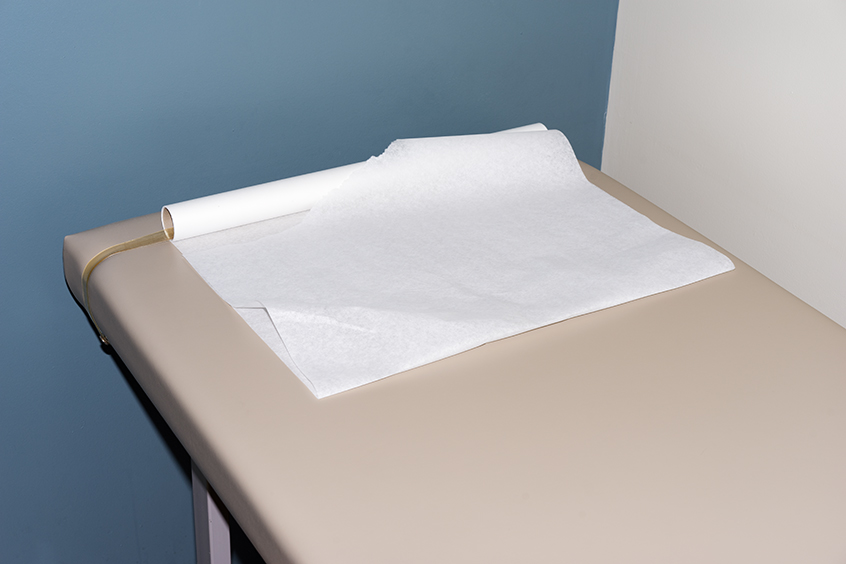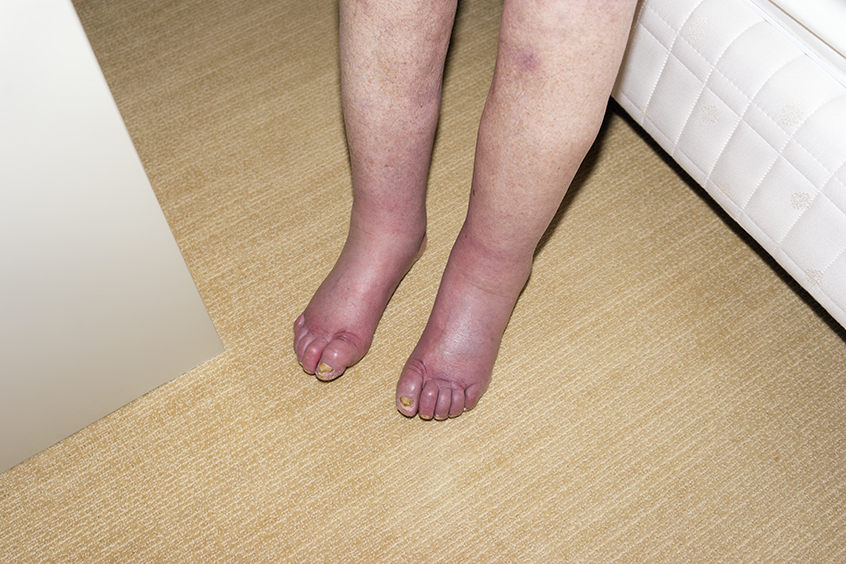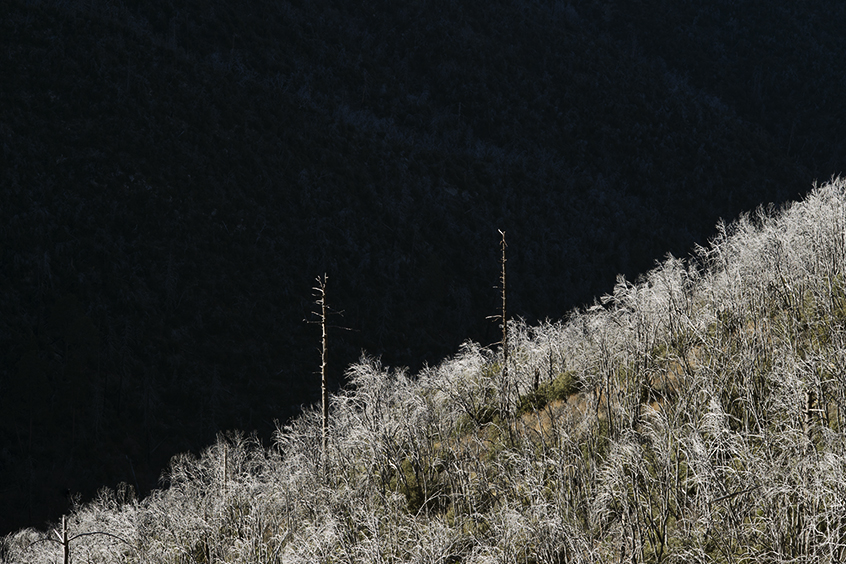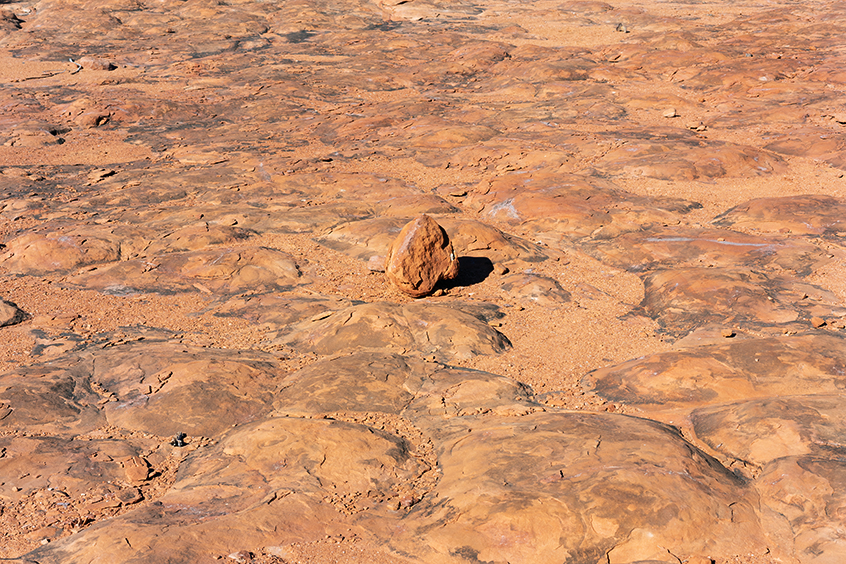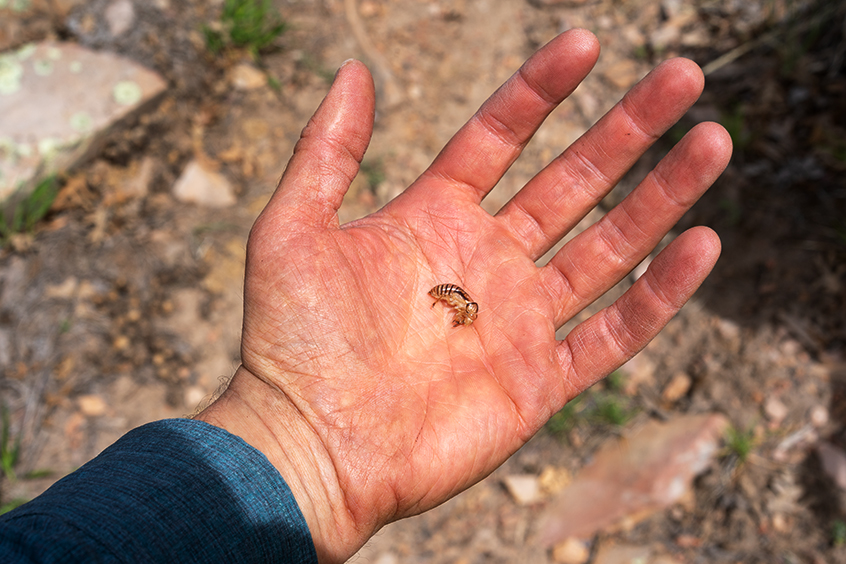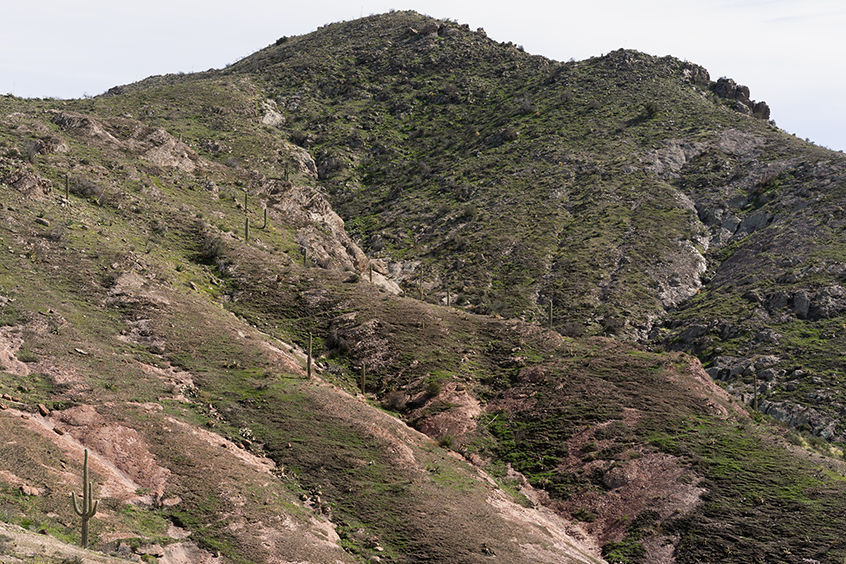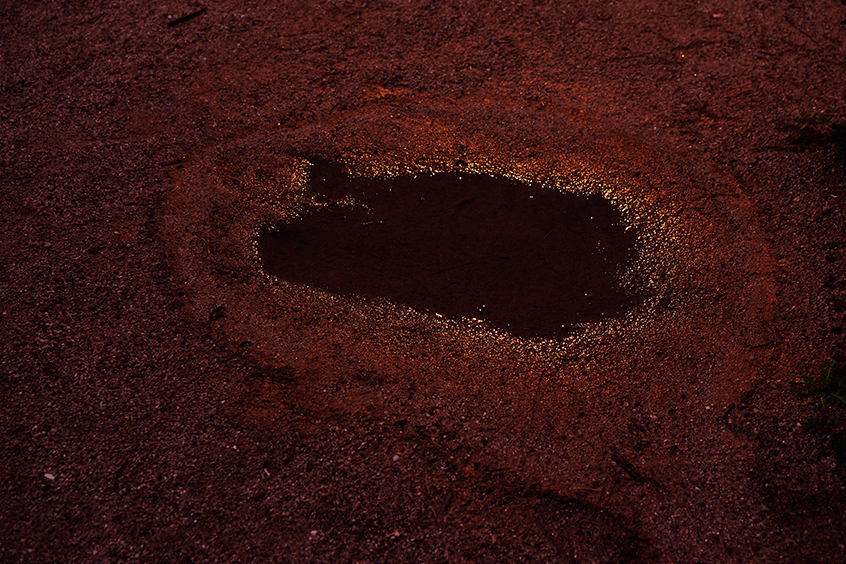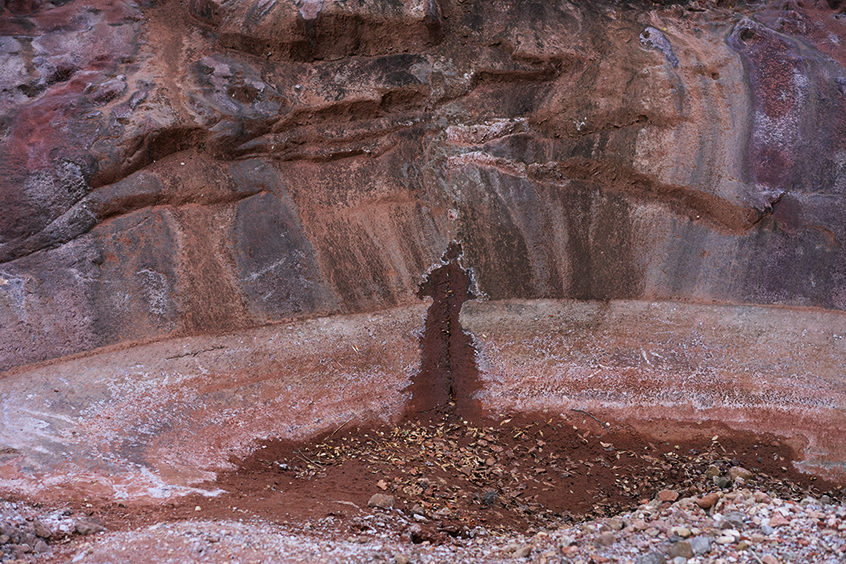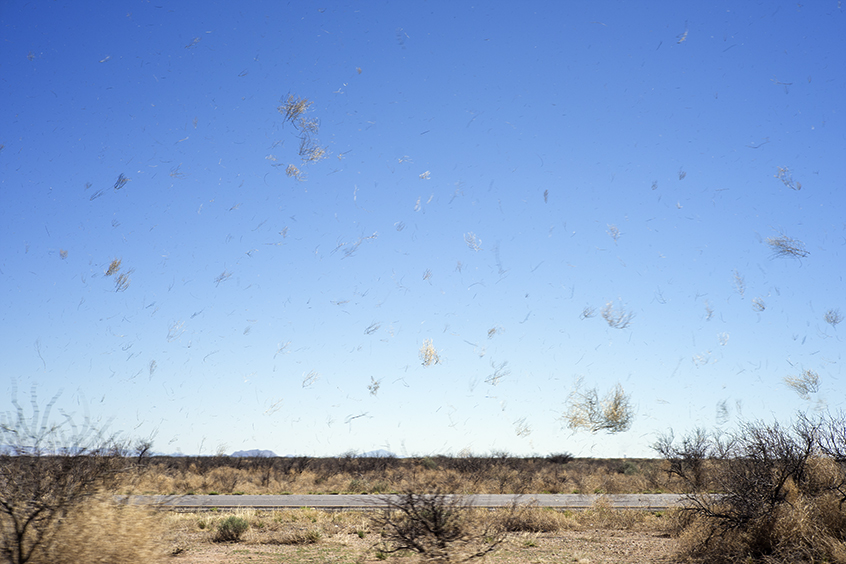2900 Miles and Other Jumping Cholla
What does a heartbeat look like? I have seen scribbled horizons; undular and nervous lines marked by abrupt peaks and sharp valleys. And of course I have heard the flat-line of death. Those lines are a perfect metric for a doctor to envision my physicist father’s failing health. An image of a heart functioning at a third capacity of its younger self. Yet, I gather my own proof in photographs—feelings extracted from moments in my life, rife with cryptic truths.
This project is a collection of hidden messages drawn from living 2,900 miles away from my father’s decline. These photographs are evidence plucked from a distant periphery; moments found in daily-life anecdotes from the desert Southwest or the rare visit back East. Reminders, perhaps an admission to myself, that my father is dying. And they are a premonition of what that loss looks like. Textures and narratives leap at me from a physician visit, desert vistas, or the living room. These photos embody the knowledge that no matter how far I run I am still connected to his withdrawal from this world. Perhaps this is a knowledge that will endure beyond his passing. But for now, daily omens appear in the warmth of the home, on the edges of sublime wilderness, and wherever I go to forget.
The Incomplete Afterword:
At the end of a Jewish funeral, graveside attendees will each take the shovel to participate in the finality of letting go and burying the dead. However, as a gesture of reluctance, traditionally the first scoop of dirt is made with the shovel upside down. (It’s a frustrating gesture to use a perfect tool in its most inefficient way.)
My naïve assumption was that my father’s death would define the natural end to “2900 Miles and Other Jumping Cholla.” He died in November of 2018. As I continued the project, I balanced his sustained presence with an inability to let go.
The project came to an end in the Spring of 2020.
There is a total of 73 images—55 horizontal and 18 vertical—in this project. One iteration of the body of work is meant to be a book.
